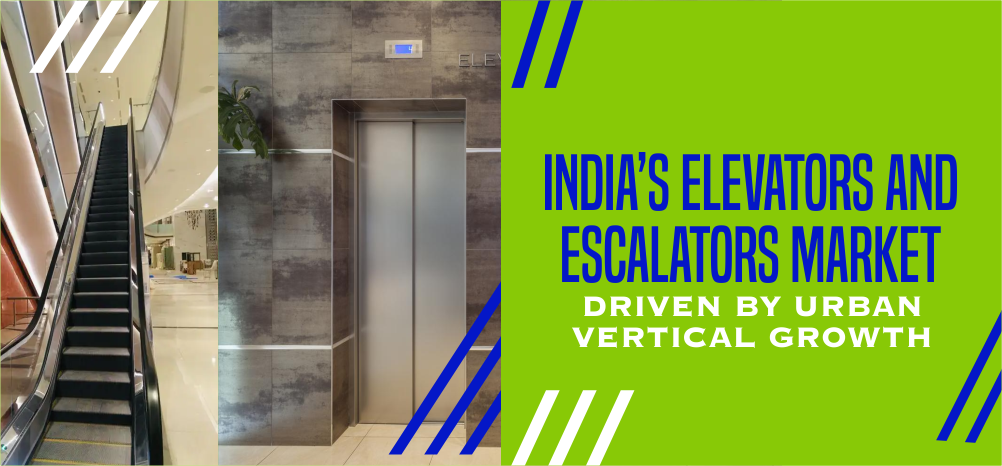India’s financial services sector is undergoing a major transformation, shaped by rising domestic savings, surging IPO activity, and the rapid expansion of digital finance. Covering capital markets, insurance, and non-banking financial companies (NBFCs), the sector is building resilience through reforms, fintech adoption, and a growing investor base. Together, these changes are helping create a globally competitive financial ecosystem that supports India’s economic ambitions.
By September 2025, the Sensex touched a record 82,381, while India’s foreign exchange reserves rose to US$ 698.27 billion, aided by higher gold reserves. Around the same time, India announced GST reforms to make small cars and insurance more affordable, including a rate cut on auto insurance and the removal of the 18% GST on health insurance premiums from September 22, 2025. These steps are expected to boost demand and extend financial coverage across households.
India’s mutual fund industry reached Rs. 75.19 trillion (US$ 853.66 billion) in assets under management (AUM) by August 2025, marking consistent double-digit growth. Retail participation also expanded, with 31.85 lakh new folios added in August, taking the total to 24.89 crore. Equity funds accounted for the biggest share of growth, particularly multi-cap, mid-cap, and flexi-cap categories.
Fundraising through IPOs also surged. In the first seven months of 2025, mainboard IPOs raised Rs. 61,500 crore (US$ 6.98 billion), a 70% increase over the previous year. In FY25, 318 IPOs collectively mobilized Rs. 1.72 trillion (US$ 20.09 billion). India climbed to fifth position globally in market capitalization rankings by June 2025, commanding a 4% share—up from 3.6% in February 2025.
Insurance showed parallel momentum. Life insurers reported a 22.4% YoY jump in new business premiums in July 2025, reaching Rs. 38,958 crore (US$ 4.42 billion), led by single premium products. In August 2025, new business premiums rose 6.2% to Rs. 1,63,462 crore (US$ 18.56 billion), driven by private players. Non-life premiums grew 5.2% YoY to Rs. 23,422.5 crore (US$ 2.66 billion) in June 2025, with the sector crossing Rs. 3 lakh crore (US$ 34.97 billion) in annual premiums. Overall, India’s insurance market is projected to reach US$ 250 billion by 2025, backed by innovation, digitalization, and rising demand.
Wealth creation is accelerating. A July 2025 Knight Frank report projected a 58.4% rise in India’s ultra-high-net-worth individual (UHNWI) population by 2028, estimating around 13,600 UHNWIs today with 6% YoY growth. By June 2025, India also had 8.56 lakh HNWIs, projected to cross 9.37 lakh by 2028. This rise is attributed to India’s unicorn boom, digital reforms, and vibrant equity markets.
Private investments have added strength to this momentum. In H1 2025, private credit reached a record US$ 9 billion, up 53% YoY, while private equity and venture capital investments stood at US$ 26.4 billion across 593 deals. Mutual funds, too, recorded steady inflows, with SIPs alone contributing Rs. 26,688 crore (US$ 3.03 billion) monthly as of May 2025.
Digital adoption is reshaping the financial landscape. UPI transactions hit 17.89 billion in April 2025, with a value of Rs. 23.94 trillion (US$ 279.67 billion). The mobile wallet market, valued at US$ 19.19 billion in FY25, is projected to grow to US$ 51.75 billion by FY33. Microinsurance, fintech distribution, and government-backed schemes like PMFBY have also expanded reach, with Rs. 3,200 crore (US$ 363 million) in digital crop insurance claims disbursed to 30 lakh farmers across states.
NBFCs continue to benefit from rising retail credit. By FY25, India’s retail credit touched Rs. 82,00,000 crore (US$ 937 billion), growing at a CAGR of 15.1% since FY19. Growth was led by housing finance, auto loans, credit cards, and personal loans, with the segment expanding 14% in FY25 alone.
India’s financial growth is underpinned by strong savings. In 2024, gross savings accounted for 30.74% of GDP, while savings as a share of GNDI stood at 30.3% in 2023-24. Household financial savings are expected to channel nearly US$ 9.5 trillion into financial assets by 2035, signalling a decisive shift away from gold and real estate toward equities, mutual funds, and insurance.
Looking back, India has consistently deepened reforms. The IPO process was simplified to attract global investors, foreign portfolio investments surged in 2019, and mutual fund penetration grew in smaller towns - B30 locations contributed 18% of industry assets in 2024. The number of listed companies also expanded steadily, with 5,328 on the BSE by February 2025, compared to just 135 in 1995.
With robust credit growth, booming capital markets, rising insurance penetration, and digital innovation, India’s financial services sector is positioned to nearly double profits by FY30. Anchored by reforms, technology, and investor confidence, it is steadily evolving into one of the world’s most dynamic financial ecosystems.
India’s financial services sector stands at the threshold of a defining decade. With strong capital inflows, expanding insurance coverage, deepening retail participation, and accelerating digital adoption, the ecosystem is becoming more inclusive, efficient, and globally competitive. As reforms continue and innovation drives new financial frontiers, India is poised to emerge as a leading hub for financial growth and wealth creation, shaping a resilient and future-ready economy.












